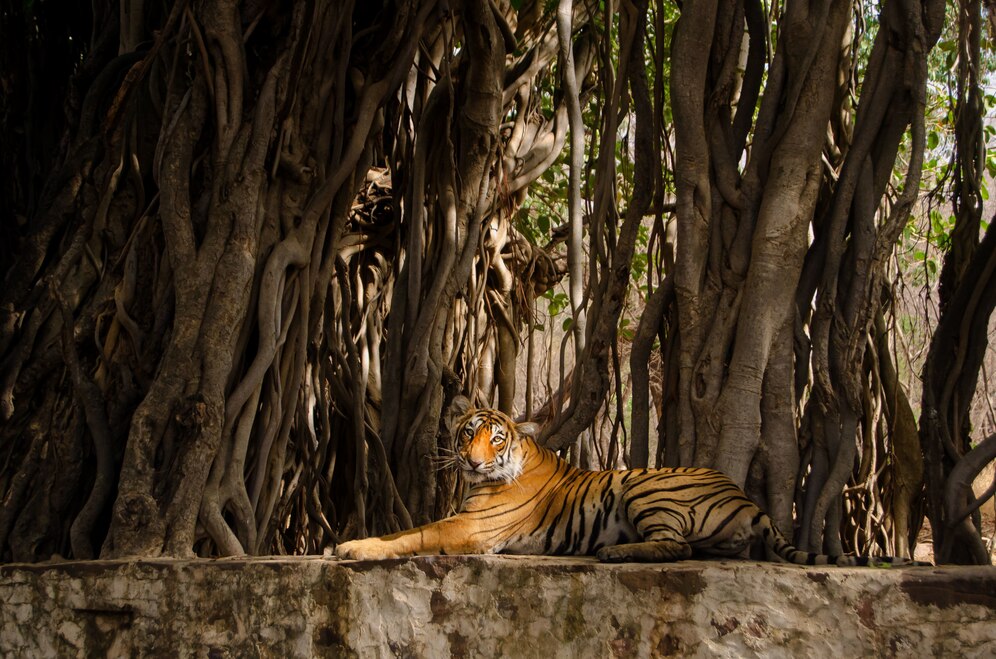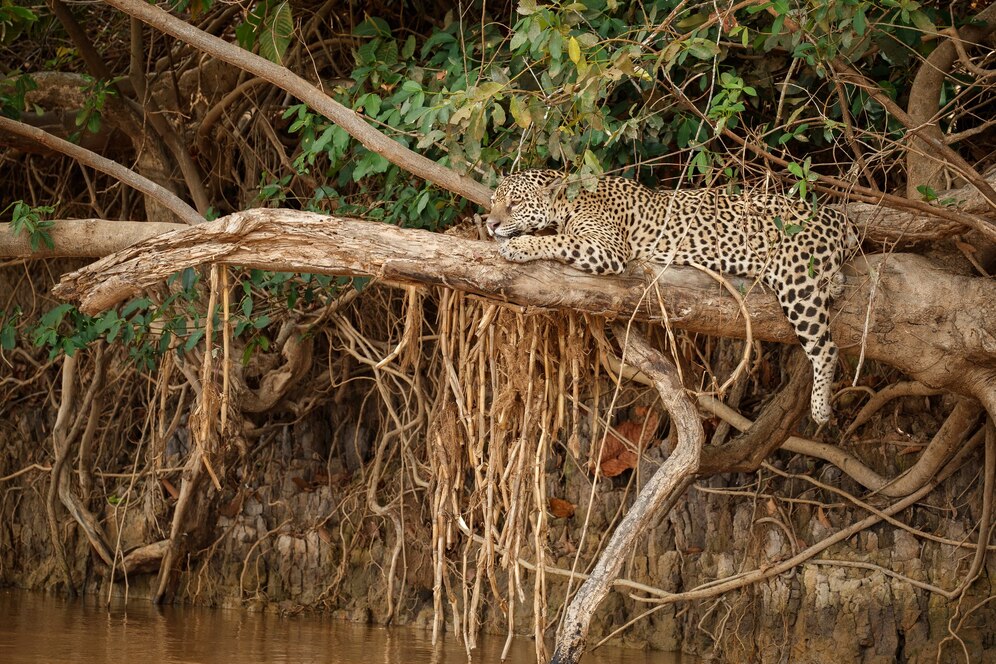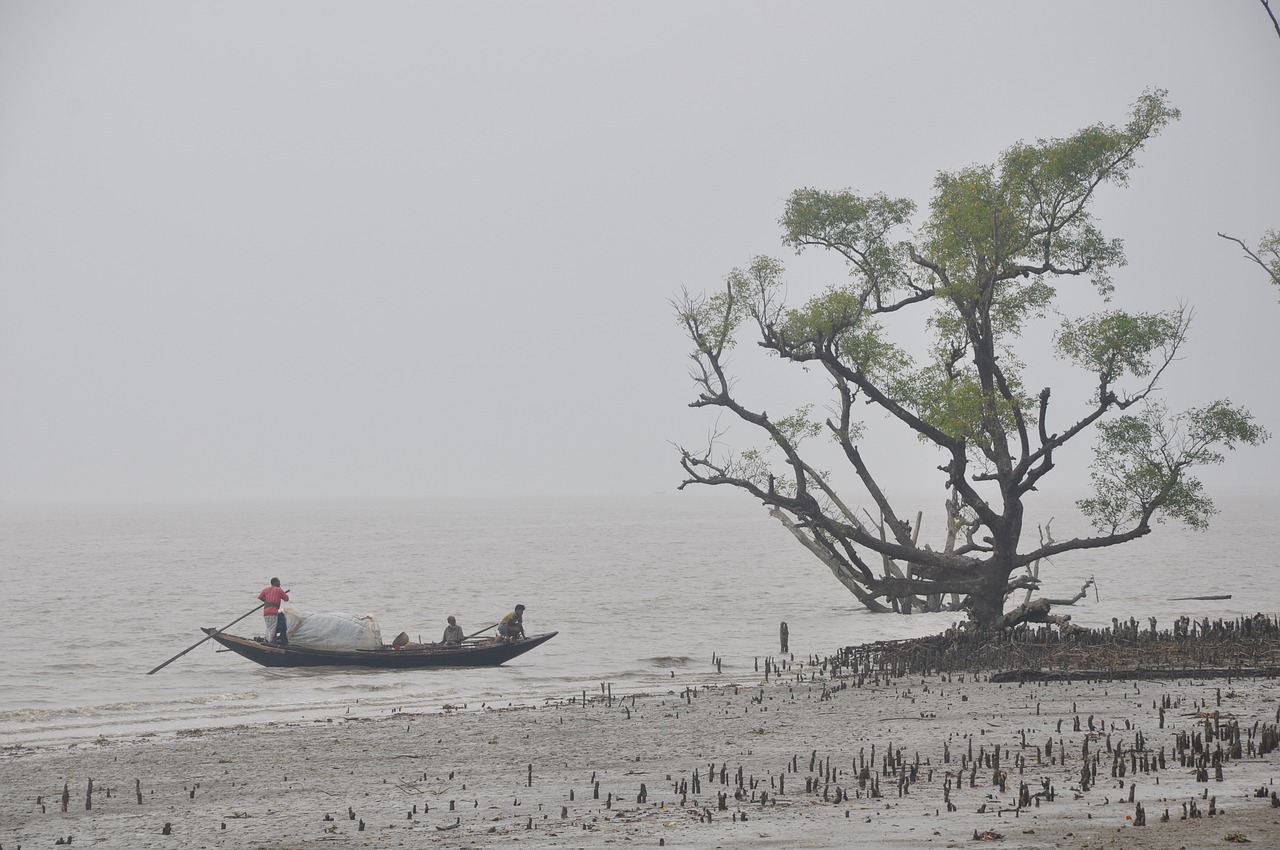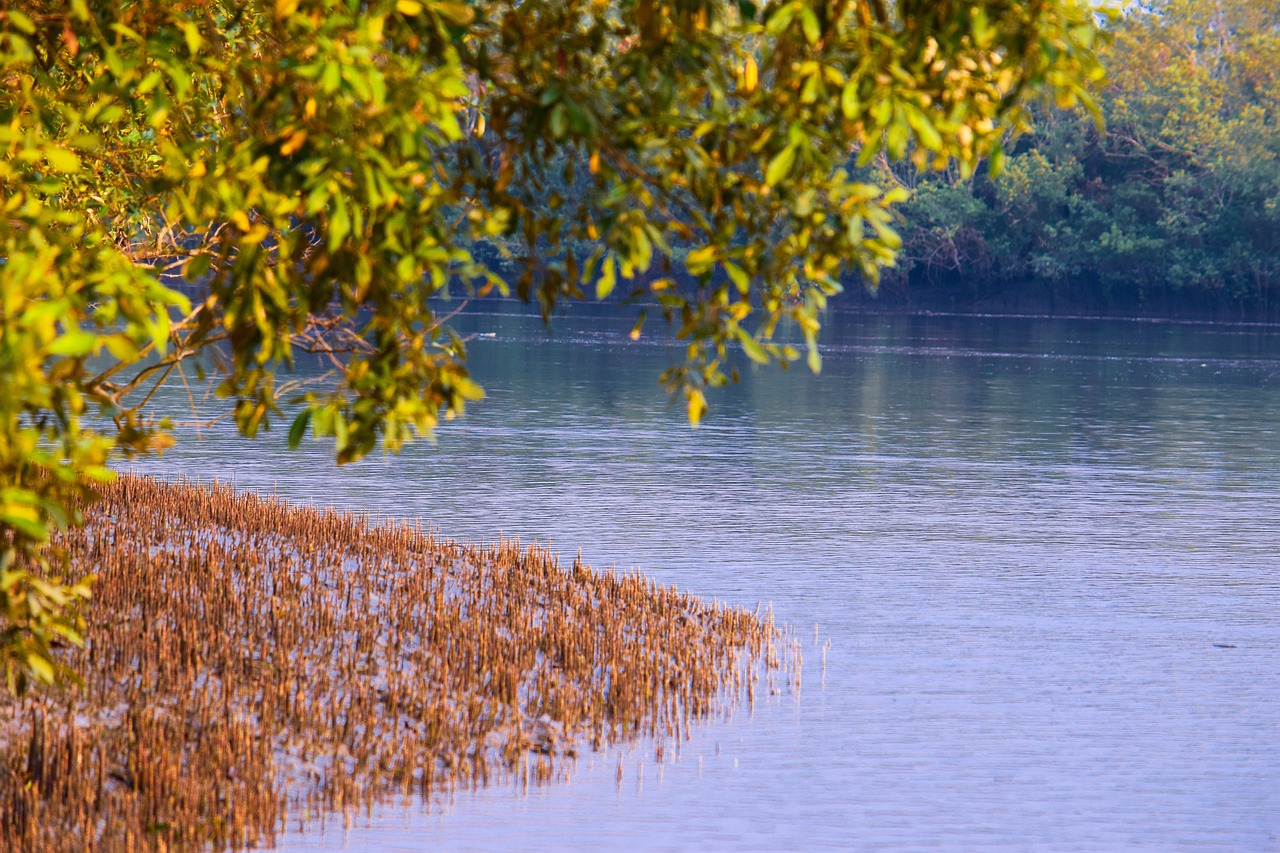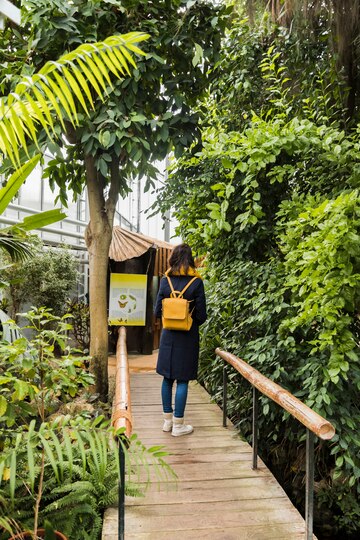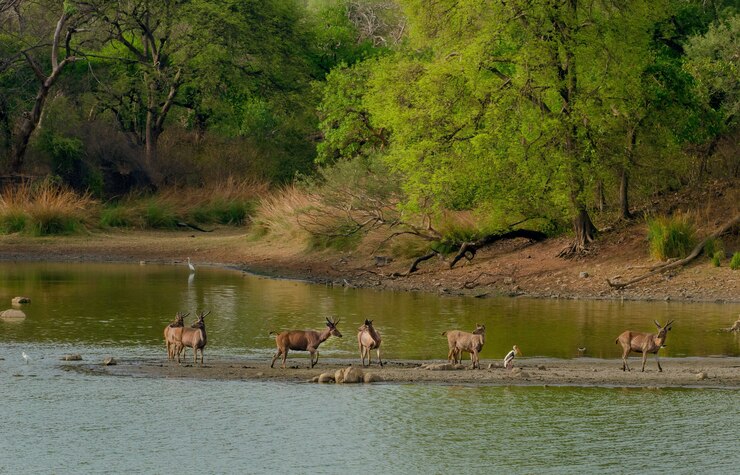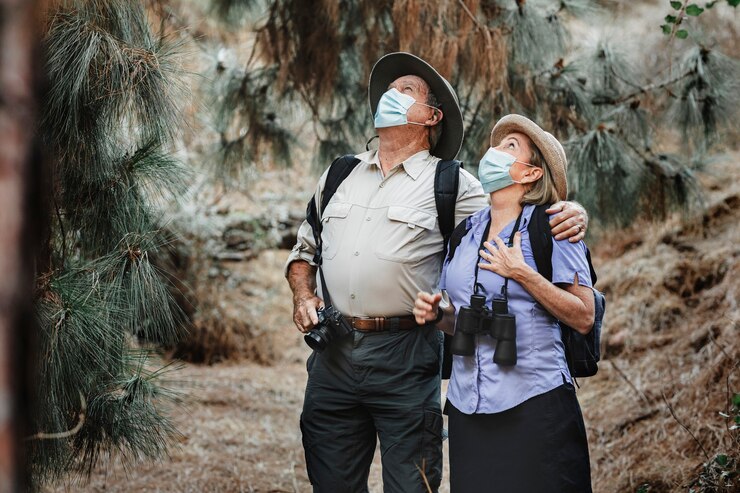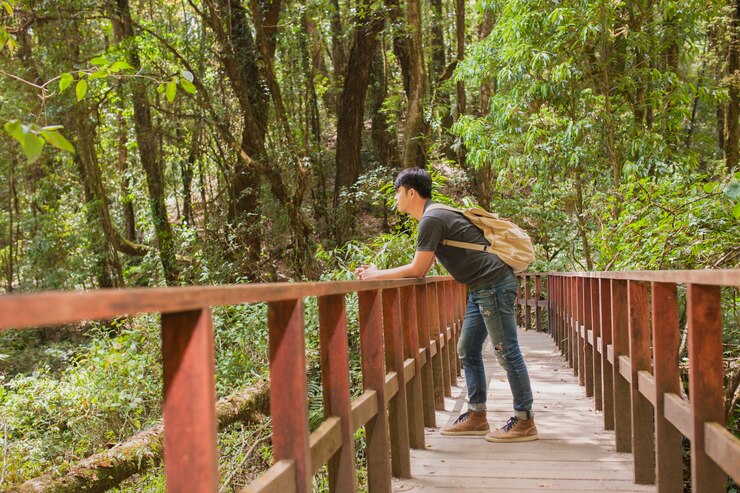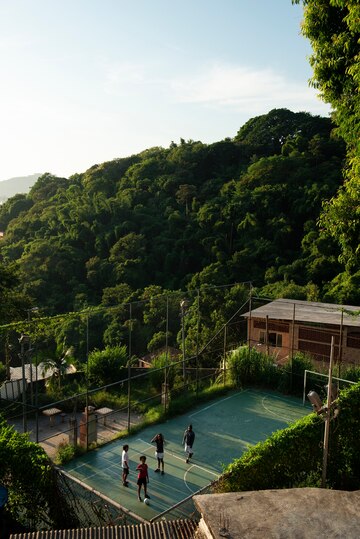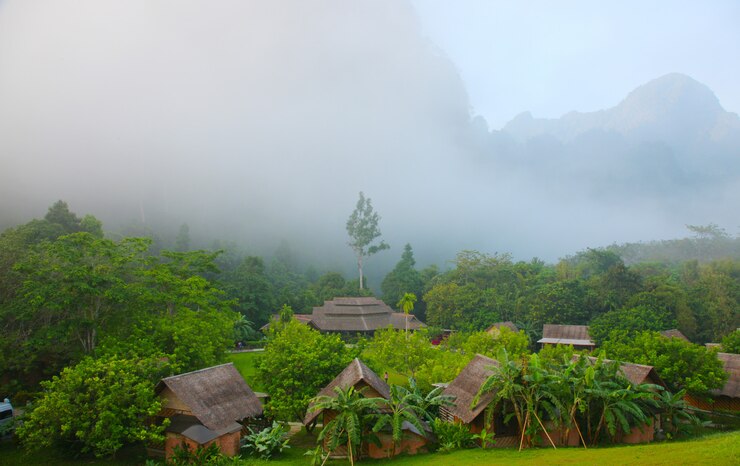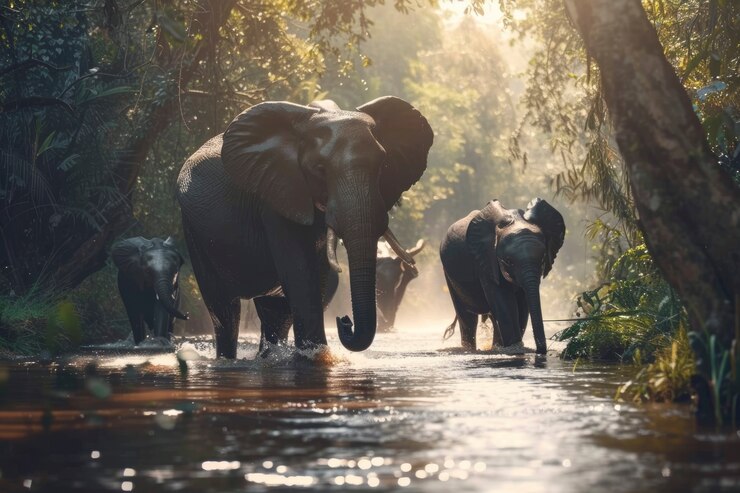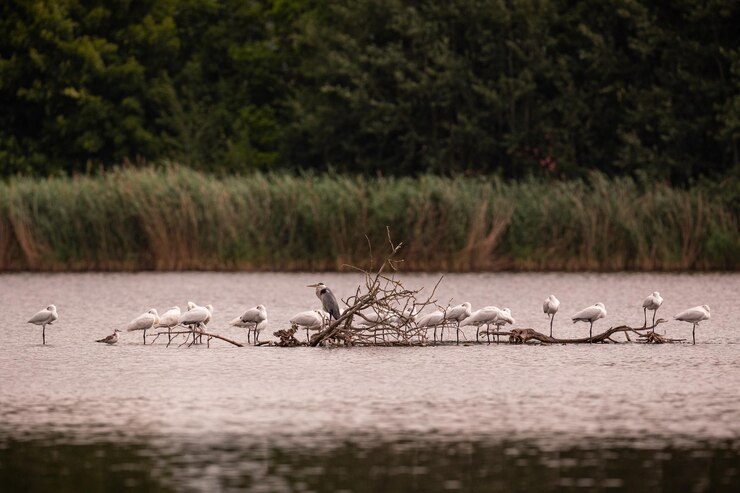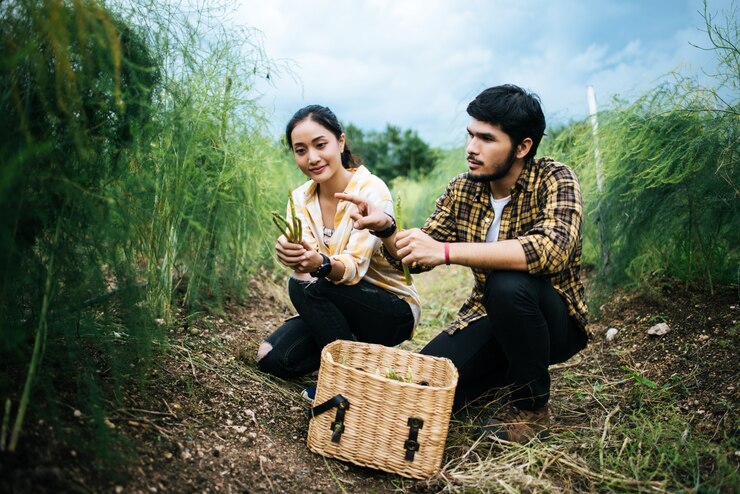Sundarban, the largest mangrove forest in the world and a UNESCO World Heritage Site, is an ecological marvel that beckons travelers with its wild beauty and mysterious charm. Located at the confluence of the Ganges, Brahmaputra, and Meghna rivers, this vast delta is home to a rich variety of flora and fauna, including the elusive Royal Bengal Tiger. For those seeking an unforgettable adventure, Sundarban tourism offers a unique opportunity to explore this enchanting wilderness, and there’s no better starting point than Kolkata.
Sundarban Kolkata Tour: The Ideal Getaway
Kolkata, with its rich cultural heritage and close proximity to the Sundarbans, serves as the perfect gateway for an exhilarating Sundarban Kolkata tour. Just a few hours’ drive from the city, visitors can escape the urban hustle and immerse themselves in the serenity of the mangroves. The journey typically begins with a scenic drive from Kolkata to Godkhali, the entry point to the Sundarbans, where travelers board boats that take them deep into the heart of the forest.
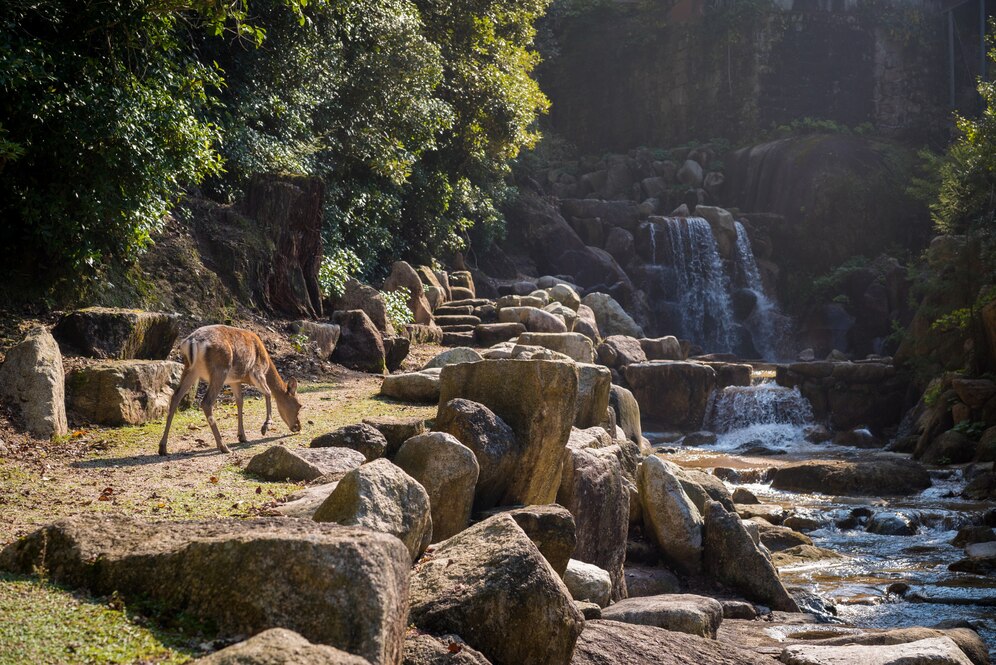
Key Attractions in Sundarban Tourism
- The Royal Bengal Tiger: The star attraction of Sundarban tourism is undoubtedly the Royal Bengal Tiger. Known for its adaptability to the mangrove habitat, this majestic creature can sometimes be spotted on the banks of the rivers or hidden within the dense forest. Although sightings are rare, the thrill of being in tiger territory adds an exciting edge to the tour.
- Boat Safaris: A Sundarban Kolkata tour is incomplete without a boat safari. These safaris take you through the winding rivers and creeks, offering breathtaking views of the mangrove landscape. As you glide silently on the water, keep an eye out for wildlife such as saltwater crocodiles, spotted deer, and various species of birds.
- Bird Watching: The Sundarbans are a haven for bird watchers. With over 260 species of birds, including kingfishers, herons, eagles, and the rare masked finfoot, the region offers endless opportunities for bird enthusiasts. Early morning boat rides are particularly rewarding, as the forest comes alive with the calls of numerous bird species.
- Mangrove Forest Walks: For those who prefer to stay on land, guided walks through the mangrove forests provide a closer look at the unique vegetation and the delicate ecosystem of the Sundarbans. The canopy walkways offer stunning views and a chance to observe the smaller inhabitants of the forest, such as mudskippers and crabs.
- Cultural Experiences: Sundarban tourism is not just about wildlife; it also offers insights into the local culture and way of life. Visits to nearby villages allow travelers to interact with the locals, learn about their traditions, and witness their daily lives. Some tours also include performances of traditional Bengali folk music and dance, enriching the overall experience.
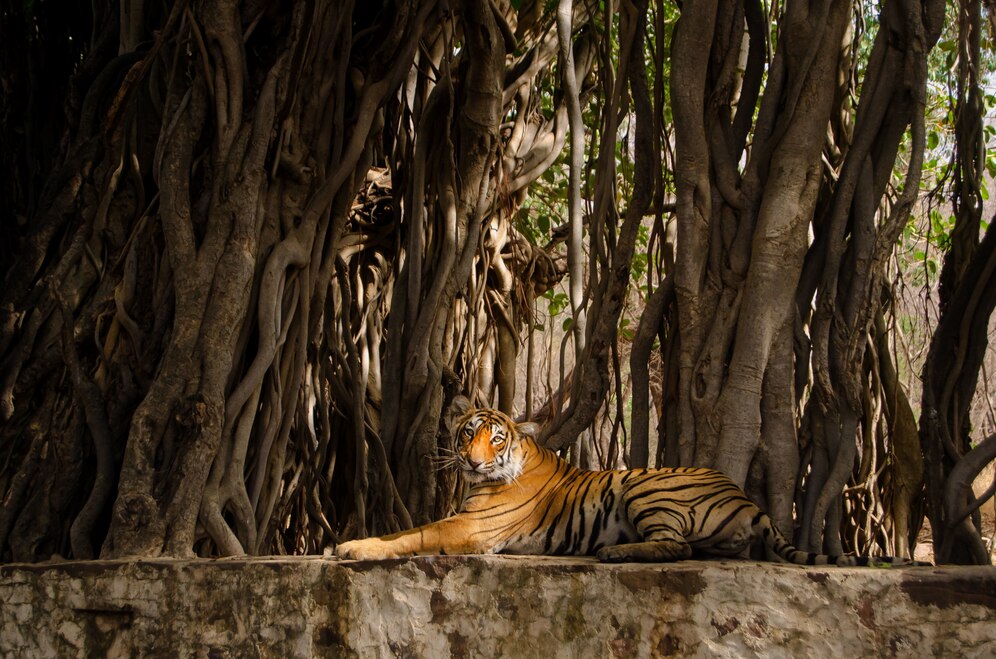
Planning Your Sundarban Kolkata Tour
When planning a Sundarban Kolkata tour, it’s essential to choose a tour package that suits your interests and travel style. Various packages are available, ranging from day trips to multi-day excursions, each offering a different perspective of the Sundarbans. Reputable tour operators provide well-organized itineraries, comfortable accommodations, and knowledgeable guides who enhance the experience with their expertise.
Sustainable Sundarban Tourism
As Sundarban is a fragile ecosystem, it is vital to engage in responsible tourism practices. Tour operators and travelers alike should prioritize the conservation of the environment and the well-being of local communities. This includes minimizing waste, avoiding disturbance to wildlife, and supporting eco-friendly initiatives. Sustainable Sundarban tourism not only preserves the natural beauty of the region but also ensures that future generations can continue to enjoy this unique destination.
Conclusion
The allure of the Sundarbans lies in its wild, untouched beauty and the sense of mystery that permeates the air. A Sundarban Kolkata tour offers the perfect escape from the city’s hustle and an opportunity to reconnect with nature. Whether you’re a wildlife enthusiast, a bird watcher, or simply someone seeking tranquility, the Sundarbans provide an unforgettable experience. Embrace the adventure, explore the rich biodiversity, and let the magic of Sundarban tourism captivate your heart.
FAQs
How do I reach the Sundarbans from Kolkata?
The Sundarbans can be reached from Kolkata by road. The journey typically involves driving from Kolkata to Godkhali, which is about 100 kilometers away. From Godkhali, travelers board boats that take them into the Sundarbans.
What wildlife can I expect to see during a Sundarban tour?
The Sundarbans are home to a variety of wildlife, including the Royal Bengal Tiger, saltwater crocodiles, spotted deer, various species of birds, and the Gangetic dolphin. While tiger sightings are rare, the diverse wildlife and bird species make the experience worthwhile.
Are boat safaris safe in the Sundarbans?
Yes, boat safaris in the Sundarbans are generally safe when conducted by experienced and licensed tour operators. The boats are equipped with safety measures, and guides are well-versed in navigating the waterways.
What should I pack for a Sundarban tour?
It’s advisable to pack light, comfortable clothing suitable for warm weather, along with a hat, sunglasses, and sunscreen. Don’t forget to bring insect repellent, a pair of binoculars for bird watching, and a camera to capture the stunning landscapes.
Can I explore the Sundarbans on foot?
While most of the Sundarbans are accessible only by boat, some areas offer guided walks through the mangrove forests. These walks are led by knowledgeable guides who ensure safety and provide insights into the unique ecosystem.




